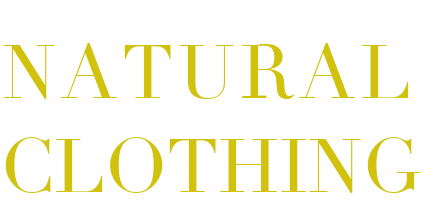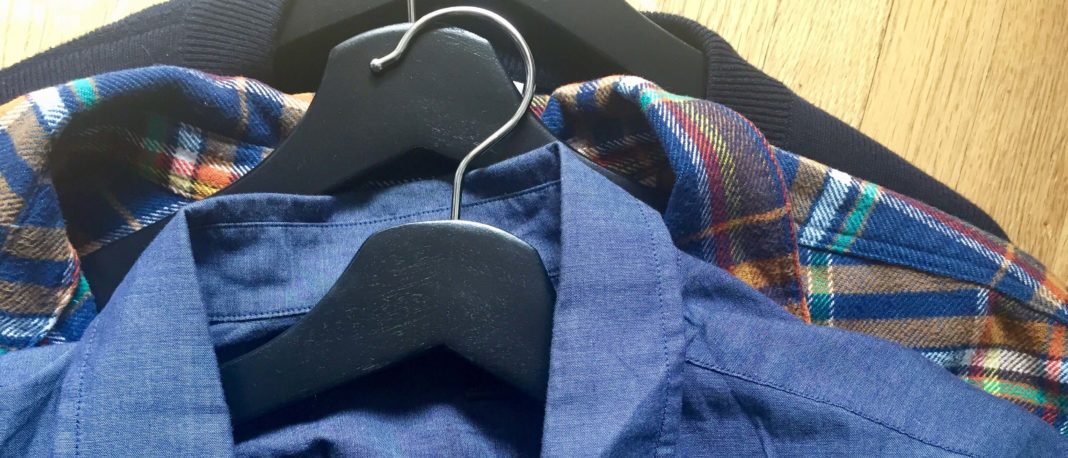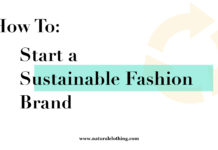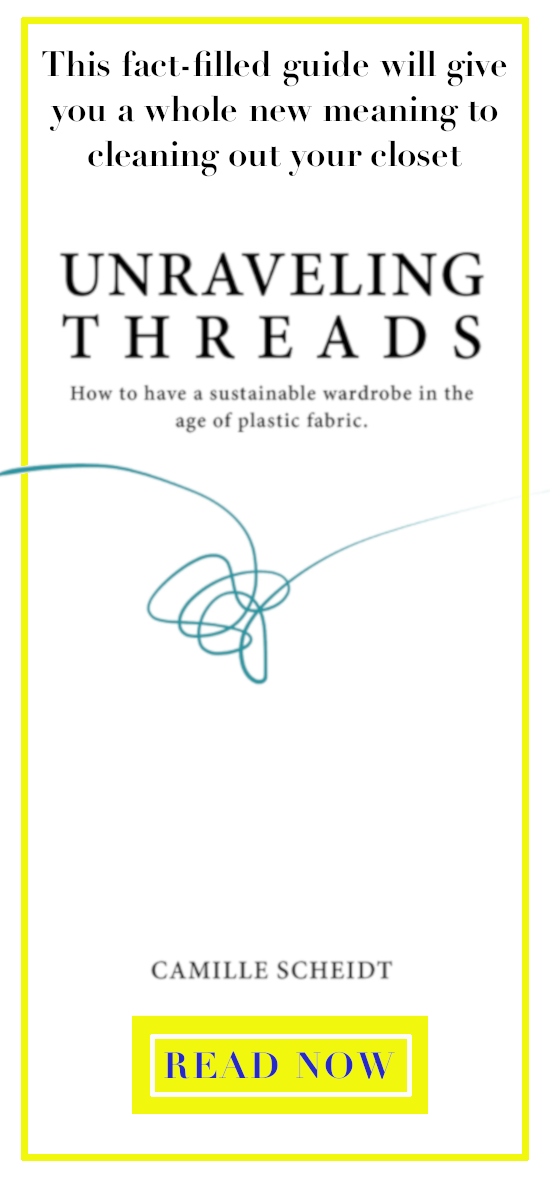After you’ve successfully purged your closet, you’re probably sitting around with big bags of your old clothes wondering what to do with them. Should you donate clothing? Resell it? Or maybe some of your clothes are well past the point of reuse. What should you do with the (on average) 82 lbs of clothing you get rid of each year?
What we’re finding, is the best way to manage our clothing output, is to make sure there is as little of it as possible in the first place. And when it is time to cast off old clothes, we’ve rounded up some of the best solutions below.
I:CO Collect Partner Sites
I:CO (short for I:Collect) is a company offering textile recycling solutions on a large scale. Consumers can drop off clean textiles, clothing, and shoes in any condition to a number of convenient collection locations. I:CO sorts through the collected textiles by hand using a sorting method with 350 different standards. Ultimately, they determine which pieces will be resold by secondhand stores, which pieces will be recycled into textiles in a closed loop recycling system, and which pieces will be recycled into other material for industries outside of the textile industry (in an open loop recycling system). Unfortunately, it is ambiguous at this time where I:CO resells the clothing. You’ll read later in this article that reselling used clothing in mass can be disruptive to the receiving ecosystem.
Collection boxes are located at a number of I:CO partners’ stores, including H&M, Puma, Levi’s, Marks & Spencer, and American Eagle. For a full list of I:CO drop locations, check out their info here. It is a free service to bring used clothing and textiles in to their collection sites. So next time you head out to buy clothes, bring some! Or better yet, drop clothes off and leave empty handed.
Local Shelters
Do a quick search for a shelter that is collecting clothes in your local area for people who need them. Before dropping of your stash, check with the shelter to see if they’re accepting clothing donations at the time. Clothing donations left at shelters that are not currently accepting donations will most likely end up in landfills.
You can search for a local homeless shelter here.
Goodwill
Goodwill is an awesome organization that let’s you have a significant impact in your local community by donating goods. The organization sells donated goods in secondhand stores across the US and Canada. Goodwill placed 313,000 people in employment opportunities in 2016. They also have an extensive online learning program that gives users access to education, mentoring, and training. Their online program was accessed by over 34 million people last year (2016). The Goodwill organization provides employment opportunities and fosters job skills.
You can check out drop off and location details here. They also take a wide range of household goods and furniture. The reason why Goodwill is further down on our list, is because unfortunately, a large portion of donated clothing goes to landfills. Goodwill and other charity collection sites can become overwhelmed with the amount of donations if their turnover in the resale shops is just not high enough.
Salvation Army
The Salvation Army provides another opportunity to give back while you’re giving away. Donated goods are sold at Salvation Army Family Stores (local thrift stores). The proceeds from these stores go to adult rehabilitation centers run by the Salvation Army.
Some sections of the Salvation Army organization (such as those in Seattle and the UK) participate in recycling programs to safely recycle clothing when possible.
To schedule a pick up or find a drop off location, check them out here.
Soles4Souls
If you have shoes to boot and are looking to donate them to a very worthy cause, check out Soles4Souls. This group works to relieve those effected by poverty with both short and long term solutions. For short term solutions, Soles4Souls distributes shoes to those who need them and provides relief as second responders in times of disaster. Since their start in 2006, Soles4Souls has provided over 30 million pairs of shoes in 127 different countries and every state in the US.
A pair of shoes can make a huge impact in a person’s life, providing him or her with safety, comfort, and dignity. To create long term impact, Soles4Souls facilities micro-enterprises in developing nations. The donated shoes provide a low-cost and reliable product for entrepreneurs in these nations to establish small businesses. By selling the donated shoes, these entrepreneurs supply their local area with a needed product at an affordable price while learning valuable business skills and collecting a monetary profit.
You can find out where and how to donate shoes here. It can be as easy (and free) as sending your shoes in through Zappos.
Animal Humane Society
If your ‘give away’ pile contains textiles you’re ready to part with, consider donating to the Animal Humane Society. Blankets and towels are often on their list to help our furry friends: Animal Humane Society Wishlist.
Your Compost Pile
Clothing and textiles made with natural fibers can decompose in your backyard compost pile. We’ll give you the whole rundown on how to get your clothes to breakdown coming soon.
Conclusion
Unfortunately, there is no perfect solution. When we ‘give away’ or ‘throw away’ anything synthetic, it doesn’t actually go ‘away’. It piles up somewhere. Many thrift stores and resale shops end up sending a large portion of donated goods to landfills. Another significant percentage of donated clothing ends up being shipped to developing countries in massive bundles.
The bundles of exported clothing are sometimes sold and sometimes donated to these areas. Whether sold or donated, this rapid influx of clothing can have harmful effects on the receiving society. Where once they may have had thriving local clothing industries, they now have an overabundance of cheap, imported, secondhand goods. The craft that some people in these communities spent their lives honing is now obsolete and they are left without their means of making a living.
The communities also have an influx of waste when receiving items that have reached the end of their product lives. Most of this clothing waste is synthetic and therefor not biodegradable. Further, the synthetic clothing is likely to be contaminated with bacteria and toxins.
This practice of clothing collection groups, whether for charity or profit, reselling collected clothing brings to light an interesting discussion. Some argue that donated goods should not be resold. They feel that it goes against the principles of receiving a donation. Then we have to consider, should we be treating a commodity that we have in such abundance, one that is in constant production, as a non-commodity? Or, if we let it retain monetary value, will that encourage us to treat it less disposably? If we let it retain monetary value, we may begin to respect the product more. After all, isn’t it clothing priced at little-to-nothing that got us here in the first place?













